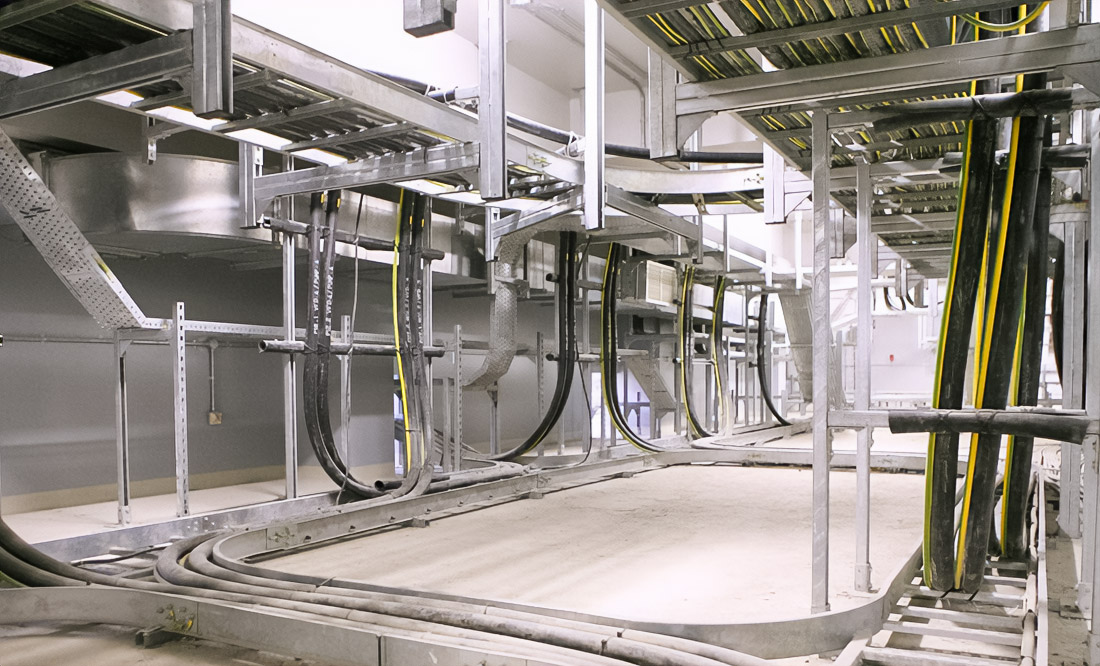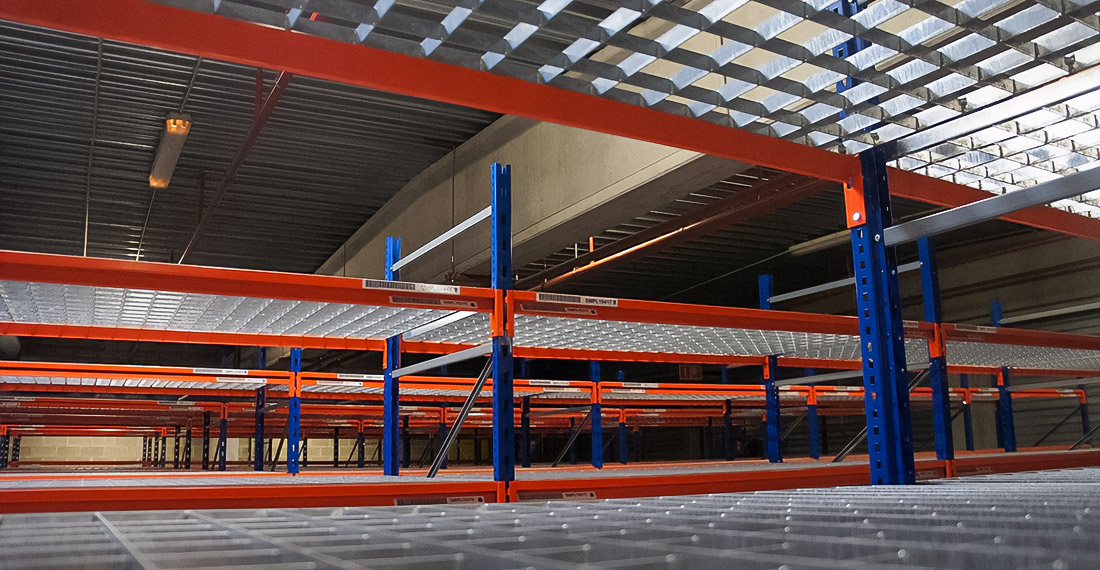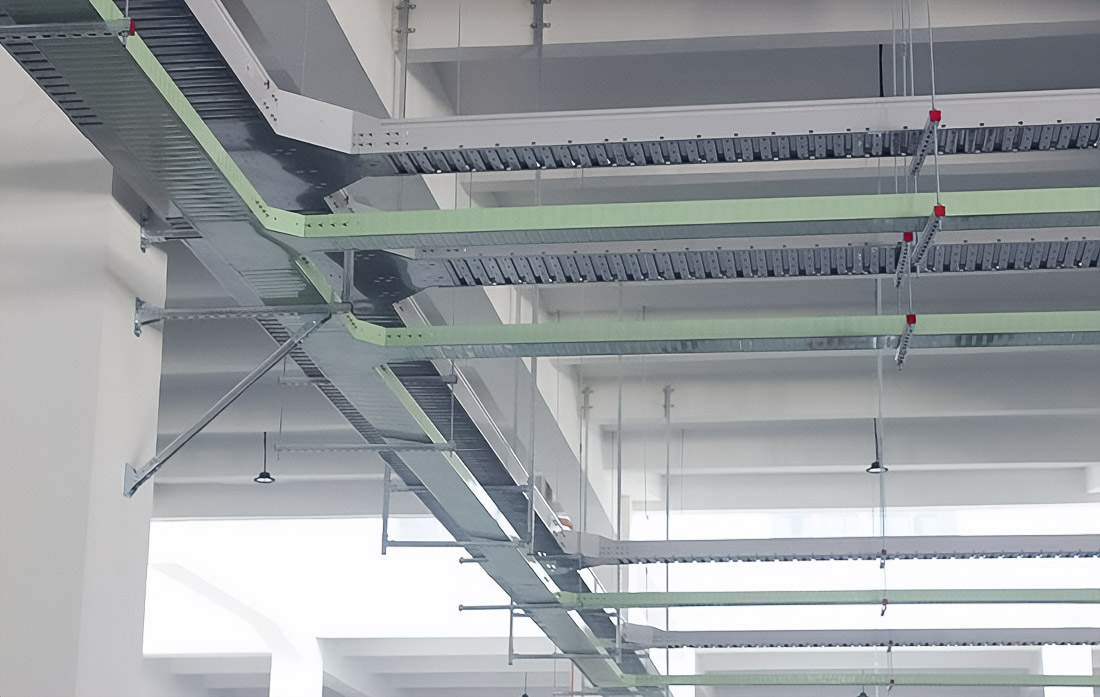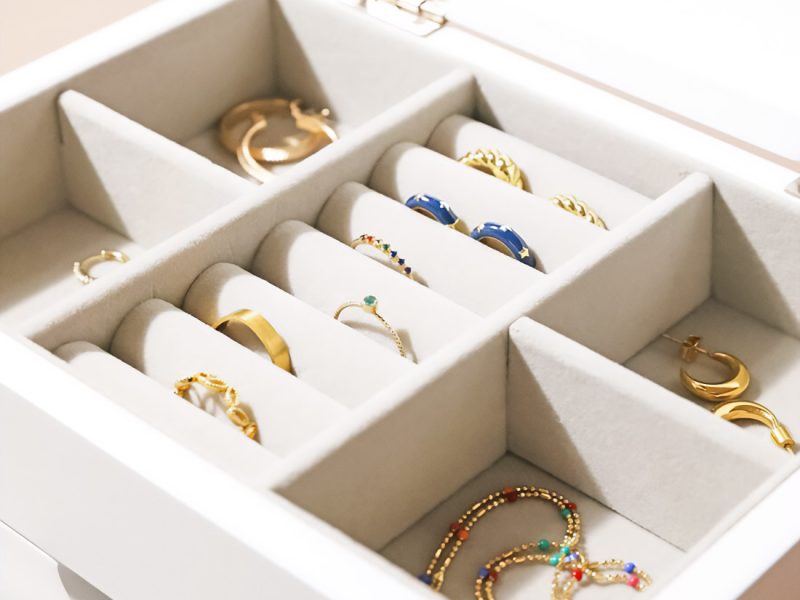In offshore and offshore infrastructure, the stability and safety of cable routes determine the reliability of the entire energy and control system. Salt water, constant vibration, high humidity and aggressive chemical factors create unique conditions in which weak solutions cannot survive. Therefore, cable trays, ladders, glands, seals and ties made of galvanized steel, stainless steel SS304/SS316, GRP and aluminum have become a key element of UAE marine facilities. Their corrosion resistance, fire resistance and vibration resistance allow the systems to be used for decades without failures.
Materials And Standards For Extreme Conditions

The variety of materials used is directly related to the operating environment. Hot-dip galvanized (HDG) cable trays and ladders have shown resistance to salt mist for decades. GRP structures remain immune to electrical conductivity, as well as provide thermal insulation and low weight. MBT cable ties can withstand loads up to 7000 N, which is critical for shipbuilding facilities with high vibration. Fire protection also comes first. Cable seals and penetrations with grades from A-0 to A-60 are certified according to international standards IEC 60092, IEC 61537, IEC 62275 and tested by DNV GL, ABS, Lloyd’s Register, IMO. This guarantees the localization of fire and smoke in emergency conditions, as well as the stability of cable routes in the event of a sharp increase in temperature. On ships and FPSOs, such solutions become an essential element for maintaining life support and communications.
For these reasons, cable tray manufacturers in the UAE place special focus on durability and compliance with these certifications, ensuring that every product can withstand the extreme mechanical and chemical challenges of the marine sector.
Practical Application In Ports And Offshore

Underwater cables and communication lines require protection from currents, anchors, and mechanical influences. For this purpose, concrete mats, cable armor and vibration-absorbing systems are used. The ports additionally use protection from rodents and moisture polyamide PG glands, which provide gas and water resistance. The interior of the ships, including cabins and control cabins, are equipped with underground cable boxes with EMC protection, which reduces electromagnetic interference and increases the stability of navigation and control systems. In the engine rooms, cable penetrations are used, designed for temperatures up to 150 °C. UV-resistant coatings make it possible to operate cable systems on decks and in docks where solar radiation destroys less protected materials.
Thus, cable management in the marine and port infrastructure combines protection against corrosion, fire, vibration, moisture and electromagnetic interference. Certified solutions made of steel, aluminum and GRP ensure reliability, without which it is impossible to imagine modern operation of offshore platforms, offshore terminals, wind farms and shipbuilding facilities in the UAE.

Soccer lover, tattoo addict, music blogger, vintage furniture lover and Guest speaker. Operating at the sweet spot between minimalism and purpose to give life to your brand.


